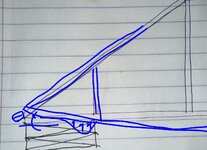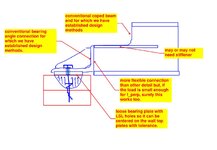Designing large span beam for open living room and flush ceiling.
Going with W16x40.
Contractor wants to know if we can cope/chamfer/bevel the beam at the exterior wall support due to roof line.
Reaction is 19kips of shear at that support, so fairly sizable.
Please see attached drawings and calcs to see if I’m thinking about this correctly.
Are the stiffeners and end plate necessary? Seems like a good idea regardless.
Anything I’m missing?
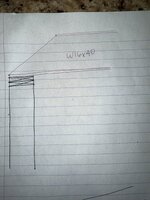
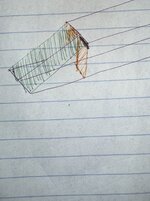
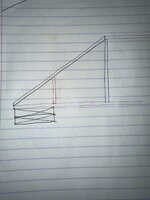
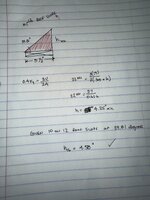
Going with W16x40.
Contractor wants to know if we can cope/chamfer/bevel the beam at the exterior wall support due to roof line.
Reaction is 19kips of shear at that support, so fairly sizable.
Please see attached drawings and calcs to see if I’m thinking about this correctly.
Are the stiffeners and end plate necessary? Seems like a good idea regardless.
Anything I’m missing?





